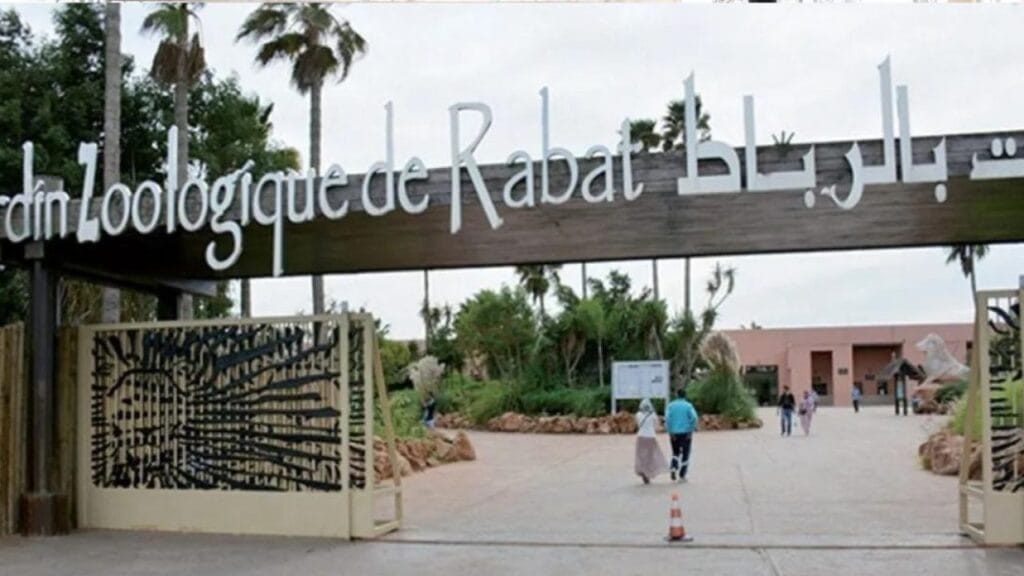On the occasion of the International Day for Biological Diversity, celebrated on May 22 each year, the National Zoological Garden (JZN) of Rabat announced the birth of more than 80 animals since the beginning of 2025.
These births mainly concern emblematic species of Moroccan and African natural heritage and testify to the essential role that the JZN plays in the ex situ conservation of wildlife, particularly those at risk of extinction, the JZN stated in a press release.
“Among the new births are emblematic and threatened species, including an Atlas lioness (a symbolic animal that has disappeared in the wild), the African wild dog, one of the most threatened carnivores on the African continent, the addax, a critically endangered desert antelope, as well as the mouflon and the dorcas gazelle, two vulnerable species that are the subject of national conservation programs,” the same source specifies.
Other notable births include lechwe antelopes, baboons, servals, Barbary deer, common genets, bald ibises, and griffon vultures, all preserved by the JZN as part of its strategic mission, the statement highlights.
These results are the fruit of rigorous management of the zoological collection, combined with long-term scientific planning. The reasoned selection of breeders, the genetic renewal of lineages, and the establishment of diverse founding populations have optimized reproduction rates and strengthened the numbers of priority species.
These successes illustrate the relevance of the programs implemented and the JZN’s ongoing commitment to conservation. In a global context marked by the rapid erosion of biodiversity, modern zoological institutions are asserting themselves as essential platforms for the preservation of threatened species, notes the same source.
The JZN is fully engaged in this international dynamic by participating in breeding, genetic conservation, and awareness-raising actions, in accordance with the standards of global action plans.
The National Zoological Garden of Rabat is home to more than 2,000 animals representing nearly 170 species and deploys 22 conservation programs dedicated to rare, endemic, or threatened species.
Starting in June 2025, visitors will have the pleasure of discovering these young animals, in a spirit of celebrating wildlife and raising awareness of the major challenges of biodiversity preservation.


